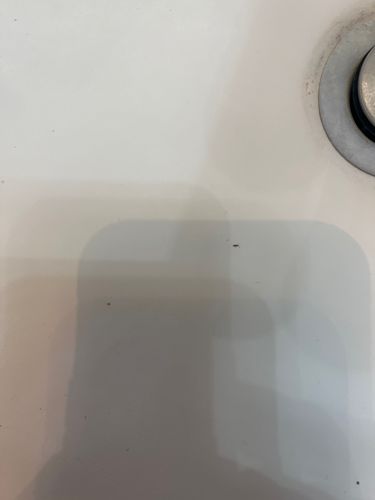Drain Fly, Moth Fly, Filter Fly
Scientific Name: Psychodidae (various genera like Clogmia, Psychoda)
Order & Family: Order: Diptera, Family: Psychodidae
Size: 1.5 mm - 5 mm (adults)

Natural Habitat
Drain flies are commonly found in bathrooms, kitchens, basements, and other areas with plumbing fixtures. They breed in stagnant water areas rich in decaying organic matter, such as sink drains, shower drains, floor drains, leaky pipes, septic tanks, and even moist areas of compost piles or neglected condensation pans.
Diet & Feeding
Adult drain flies do not typically feed. Larvae feed on decaying organic matter, fungi, algae, and microorganisms found in the gelatinous film that accumulates in drains, sewers, and other damp environments.
Behavior Patterns
Drain flies are typically active at night. They are known for their characteristic jerky or skipping flight rather than strong, directed flying. Larvae live in the gelatinous film inside drains, feeding on organic matter, and pupate there before emerging as adults. Adults are short-lived, usually only a few weeks.
Risks & Benefits
Risks: Primarily a nuisance pest, drain flies do not bite or transmit diseases to humans. However, large infestations can be annoying. In sensitive environments like hospitals, they could potentially contribute to the spread of bacteria through mechanical transfer from contaminated surfaces. Benefits: In natural ecosystems, their larvae play a role in breaking down organic matter.
Identified on: 8/10/2025